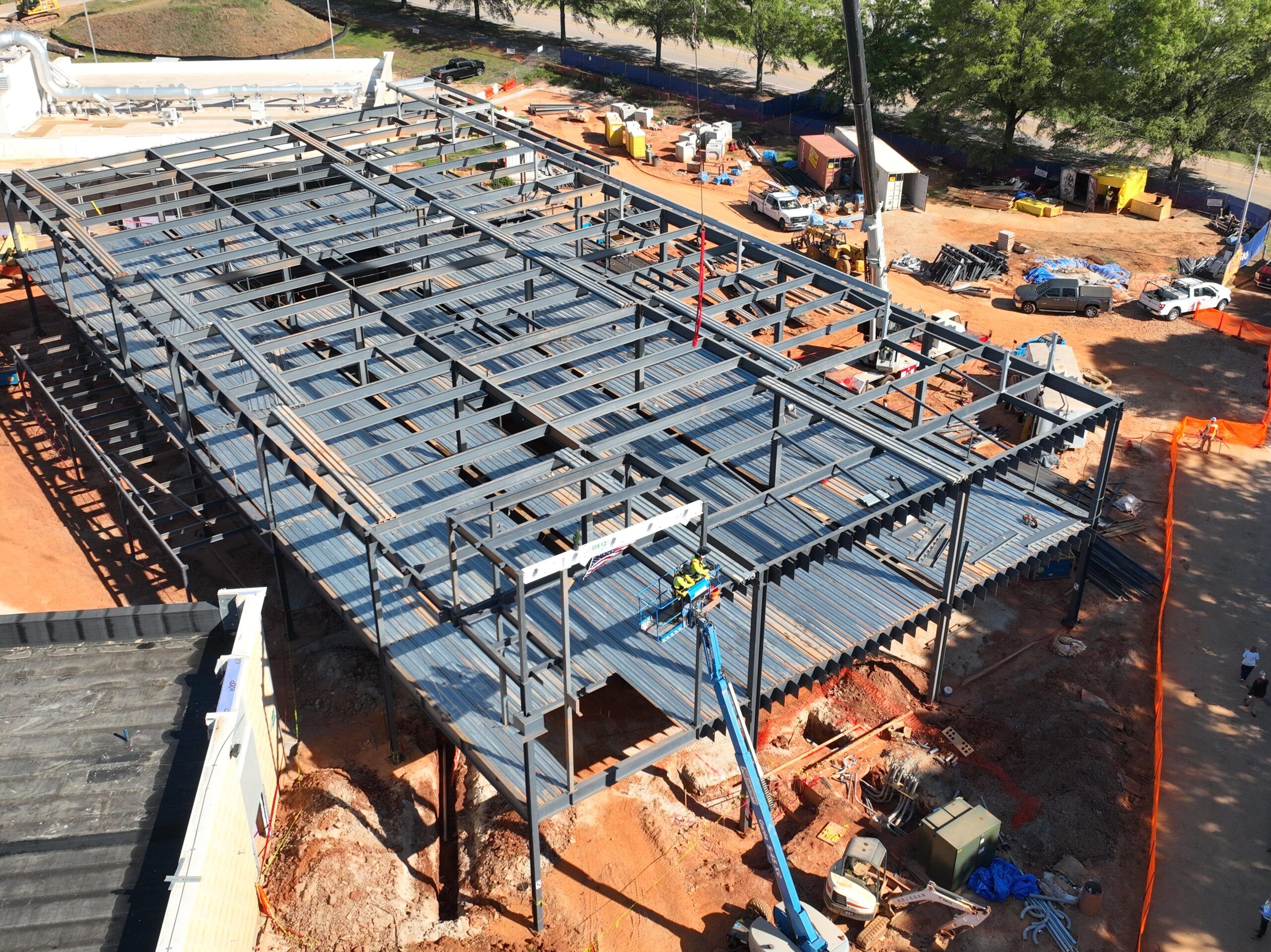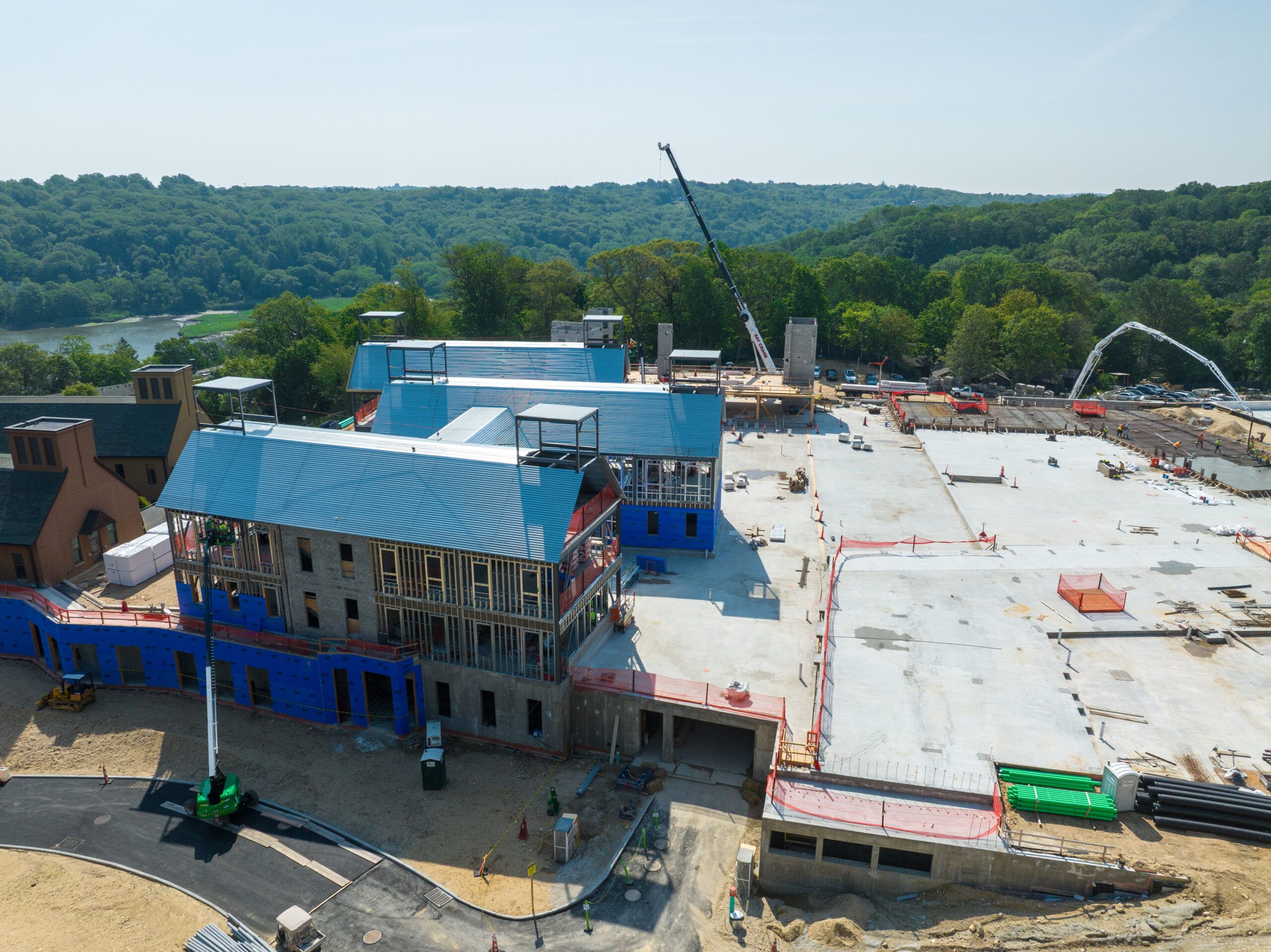Across bustling cities and sleepy suburbs alike, urban planners and civil engineers continually strive for safer streets and more efficient traffic management. Amidst the myriad of tools and mechanisms that contribute to traffic control, there exists a simple yet profoundly effective solution: bollards. While often inconspicuous, these structures play a critical role in ensuring the safety of pedestrians, cyclists, and motorists.
Understanding the Functionality and Diversity of Bollards
Bollards are sturdy, vertical posts installed to control road traffic and deter vehicular access to certain areas. They serve a variety of purposes—from aesthetic enhancements to anti-terrorist security measures—proving themselves versatile in their functions. Bollards can be made from various materials such as steel, concrete, and plastic, each type tailored to the specific needs of an environment or threat level.
According to Sydney Traffic Lawyers, “traffic laws exist to regulate driver behaviour, protect all road users, and ensure that safety measures like barriers and bollards work effectively within the broader traffic management system.”
The Safety Benefits of Bollards in Urban Infrastructure
A crucial aspect of bollards’ contribution to traffic safety is their ability to segregate pedestrian zones from vehicular traffic. In many city centres and retail spaces, bollards effectively deter vehicles from encroaching upon pedestrianised areas, minimising the risk of accidents and injury. Additionally, bollards protect vital infrastructure, such as utility boxes and storefronts, from potential vehicular damage.
Enhanced Protection for Vulnerable Road Users
For cyclists and pedestrians, bollards serve as a physical barrier that shields them from the danger posed by oncoming traffic. This is especially important in areas with high volumes of foot and cycle traffic, where bollards create safe passages by establishing clear demarcations between different modes of transport.
Integrating Bollards with Other Traffic Safety Measures
Bollards function most effectively when used in tandem with other safety components, such as safety signs Australia. Safety signs provide visual cues to both drivers and pedestrians, guiding them and alerting them to regulations and hazards. Bollards enhance the effectiveness of these signs by reinforcing their messages with a physical presence.
Navigating the Challenges of Emergency and Service Access
While bollards present a formidable obstacle to unauthorised access, it is necessary to consider the requirements of emergency and service vehicles. Retractable or removable bollards are a solution to this challenge, allowing authorised vehicles to pass through when needed, without compromising the overall safety and integrity of the protected area.
Bollards as a Traffic Calming Measure
In residential areas and school zones, traffic calming is essential. Bollards can serve this purpose by narrowing road widths and reducing traffic speed, signalling to drivers that they are entering a zone where caution and reduced speed are necessary.
Implementing Bollards in Parking Control and Management
Parking facilities also benefit from the installation of bollards, where they prevent unauthorised access and delineate specific areas for different types of use, such as short-term parking or delivery zones. The presence of bollards discourages illegal parking and helps manage traffic flow within the parking areas.
Addressing Vehicle Ramming and Anti-Terrorism Efforts
In recent years, the threat of vehicle ramming attacks has necessitated the use of robust bollards capable of withstanding high-impact collisions. These bollards are designed to be both a visible deterrent and a formidable physical barrier to vehicles attempting to break through security perimeters.
The Aesthetics of Bollards in Public Spaces
Despite their utilitarian nature, bollards can also contribute to the aesthetic value of a space. Decorative bollards are available in a range of designs, from classical to contemporary, allowing them to blend seamlessly with the surrounding architecture and landscape.
Maintenance and Sustainability Considerations
The longevity of bollards is contingent on their material quality and maintenance. Proper maintenance ensures they continue to perform their safety functions effectively, while also considering the environmental impact of their materials and production processes.
Collaboration with Other Safety Solutions
Bollards do not operate in isolation but are often part of a wider safety system that includes barriers, signage, and pavement markings. For instance, the use of Safety Tape in conjunction with bollards can enhance visibility and draw attention to potential hazards or restricted areas.
The Role of Bollards in Smart City Development
As urban environments evolve, the role of bollards is also expected to expand. Incorporating technology such as lighting and communication systems into bollards can help transform them into smart, connected components of the urban landscape that contribute to the city’s overall safety and efficiency.
Conclusion: Bollards as Integral Components of Traffic Safety
In conclusion, bollards are indispensable to maintaining order and safety within the multifaceted traffic systems of urban environments. They serve not only as protective measures but also as integral components that uphold the delicate balance between accessibility and security. As cities and their traffic systems continue to evolve, the deployment of bollards and their intelligent integration with other safety measures will undoubtedly remain a critical aspect of urban planning and traffic management strategies.
Efficient, thoughtfully designed, and strategically placed, bollards embody the subtle yet significant elements that keep the ceaseless stream of urban life running smoothly and safely. Their presence is a testament to the importance of detail-oriented solutions in the grand tapestry of city planning and traffic safety.











